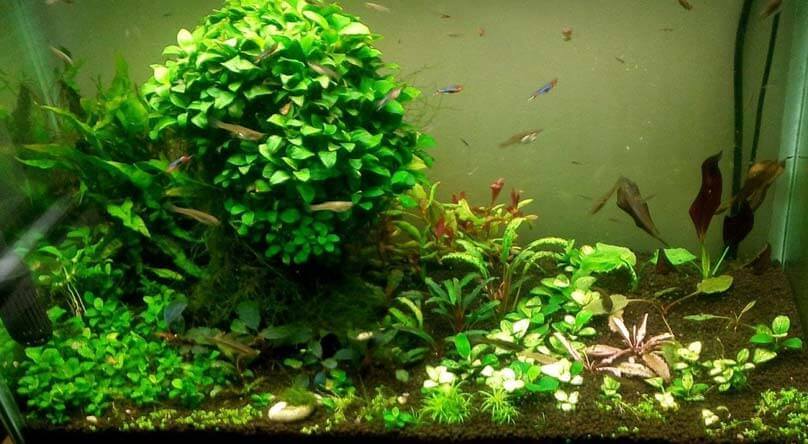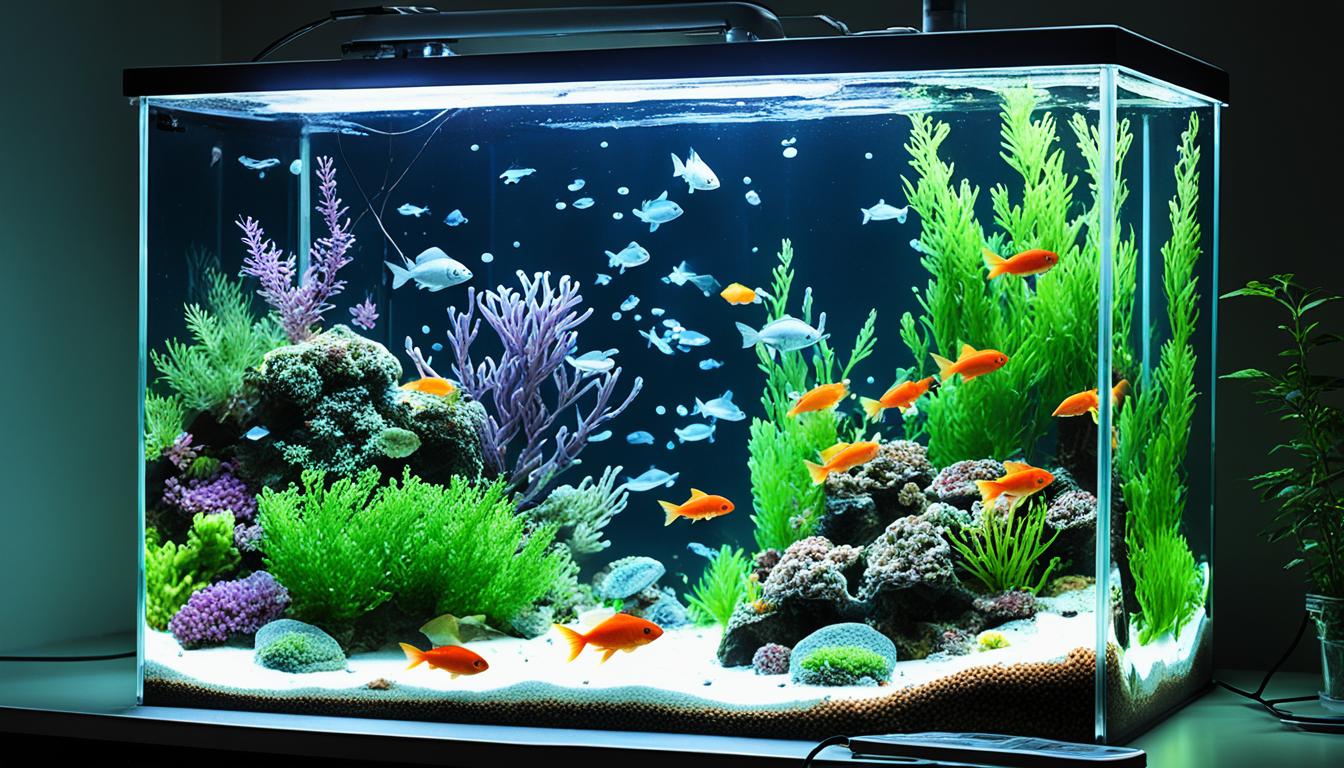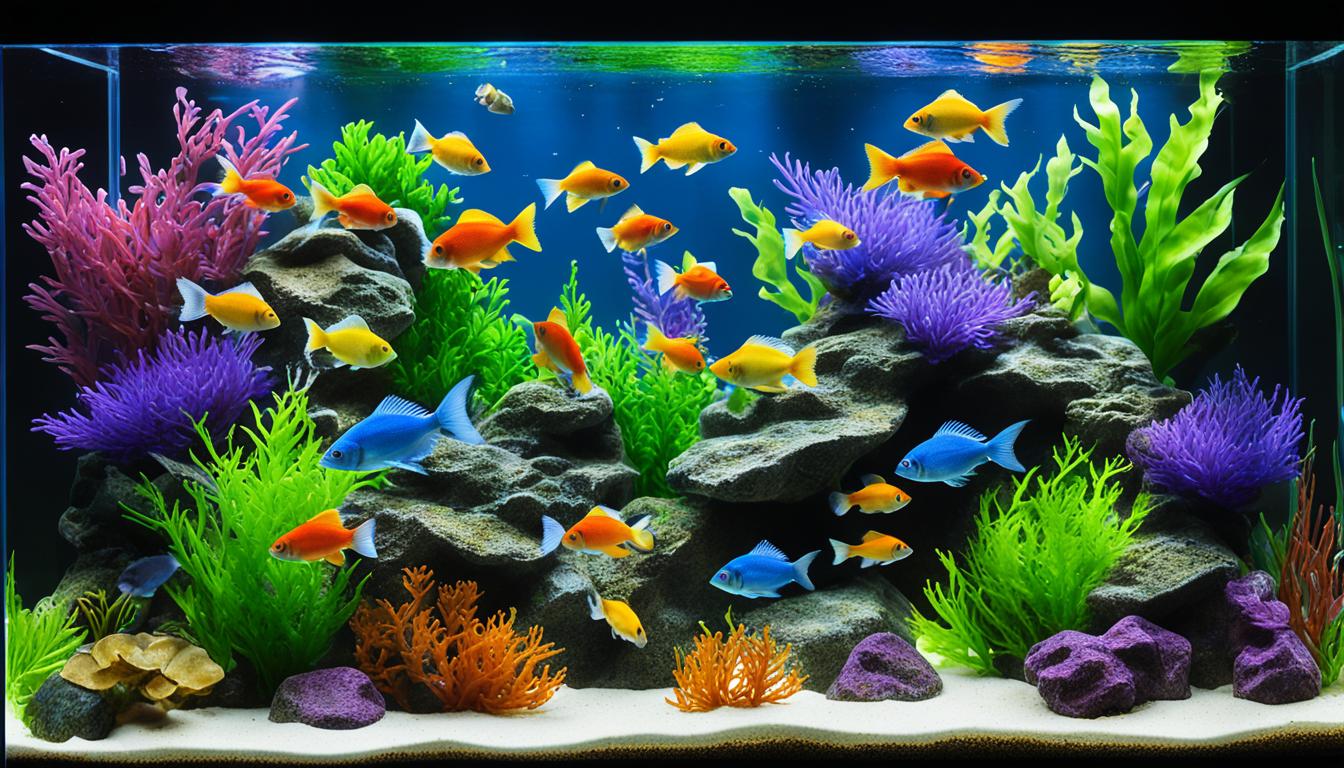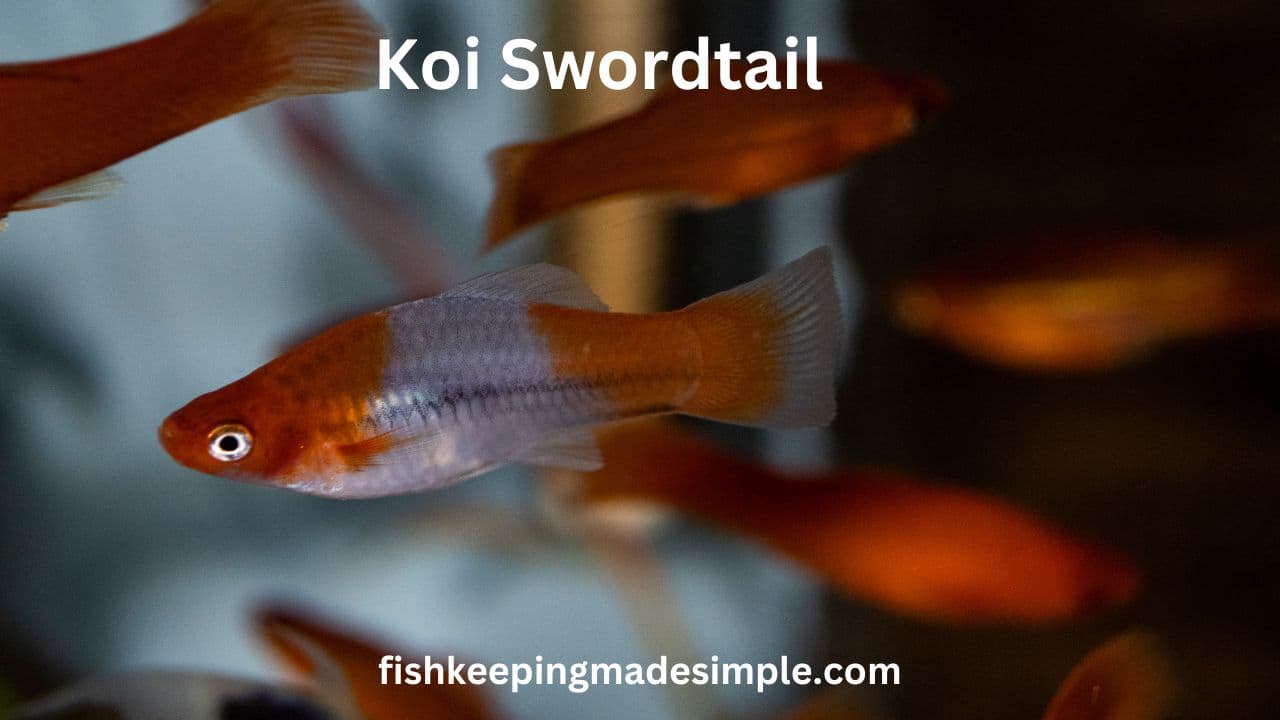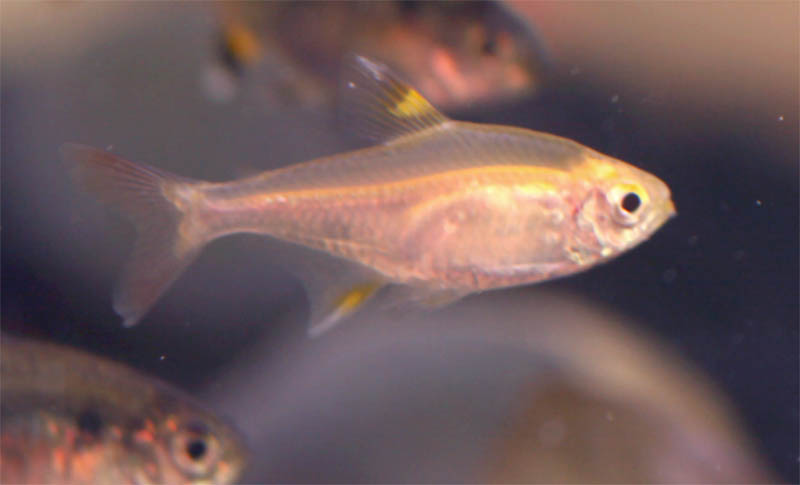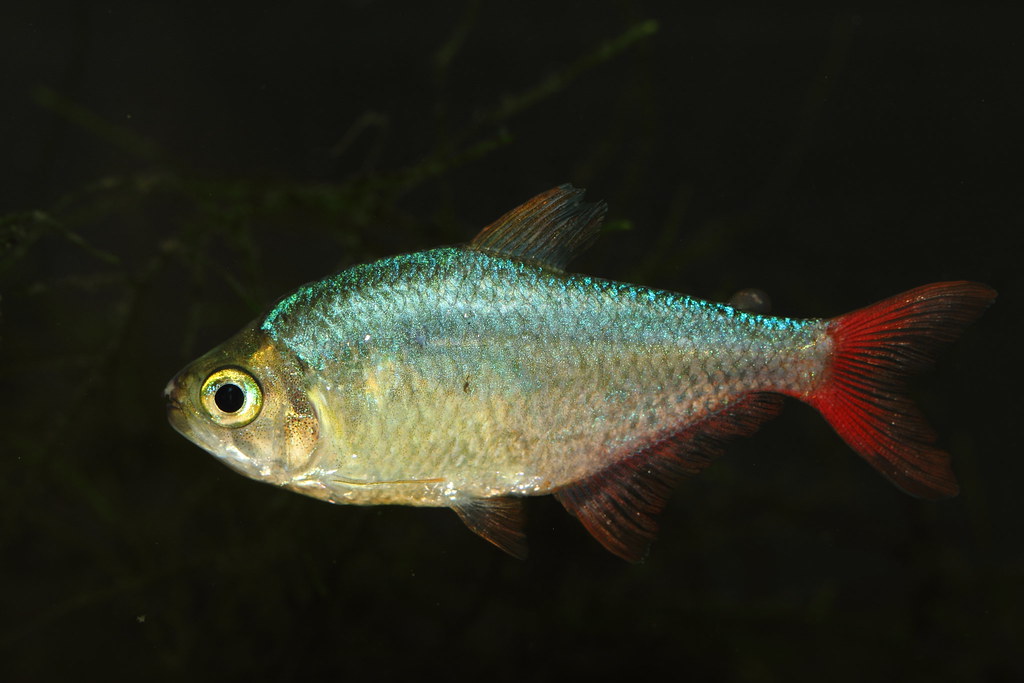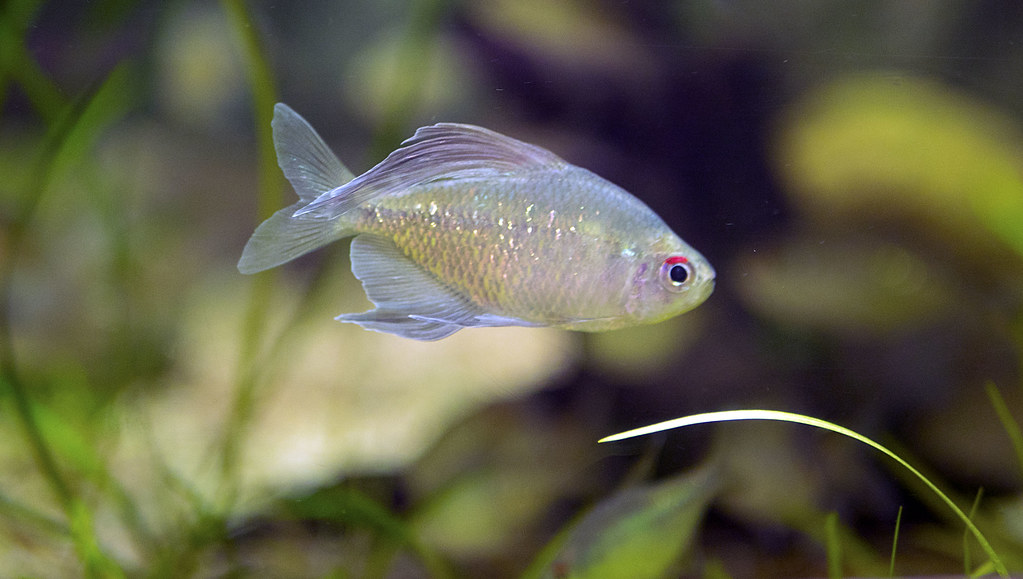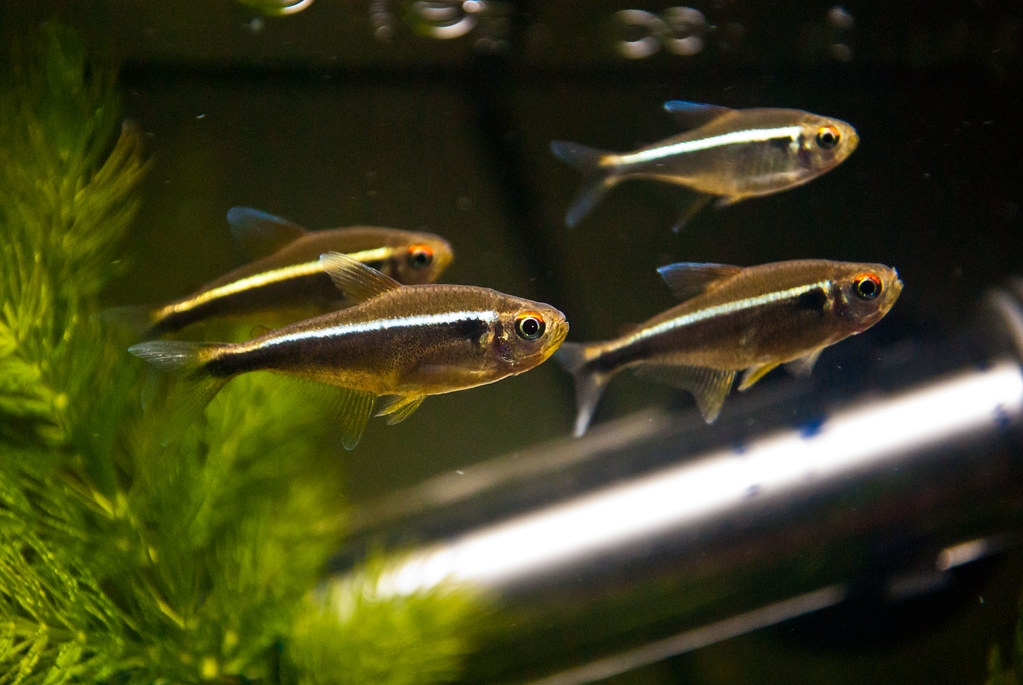Dwarf Anubias, also known as Anubias barteri var. Nana, is a small and compact plant commonly used in aquariums.
It has broad leaves and is low-maintenance, making it ideal for smaller tanks.
Table of Contents
What Is Dwarf Anubias? An Overview
Dwarf Anubias is a small plant commonly used in aquariums. It has unique characteristics that make it popular among aquarists. Its small size and leaf structure make it a perfect addition to any tank. The different variations and species of Dwarf Anubias offer a wide range of options for aquarists to choose from.
The importance of Dwarf Anubias in aquariums cannot be overstated, as it helps to create a natural and balanced ecosystem for fish and other aquatic organisms. Its low-maintenance nature and ability to thrive in various water conditions make it a favorite choice for both beginner and experienced aquarists.
Whether it’s used as a foreground plant or attached to driftwood or rocks, Dwarf Anubias adds beauty and vibrancy to any aquarium setting.
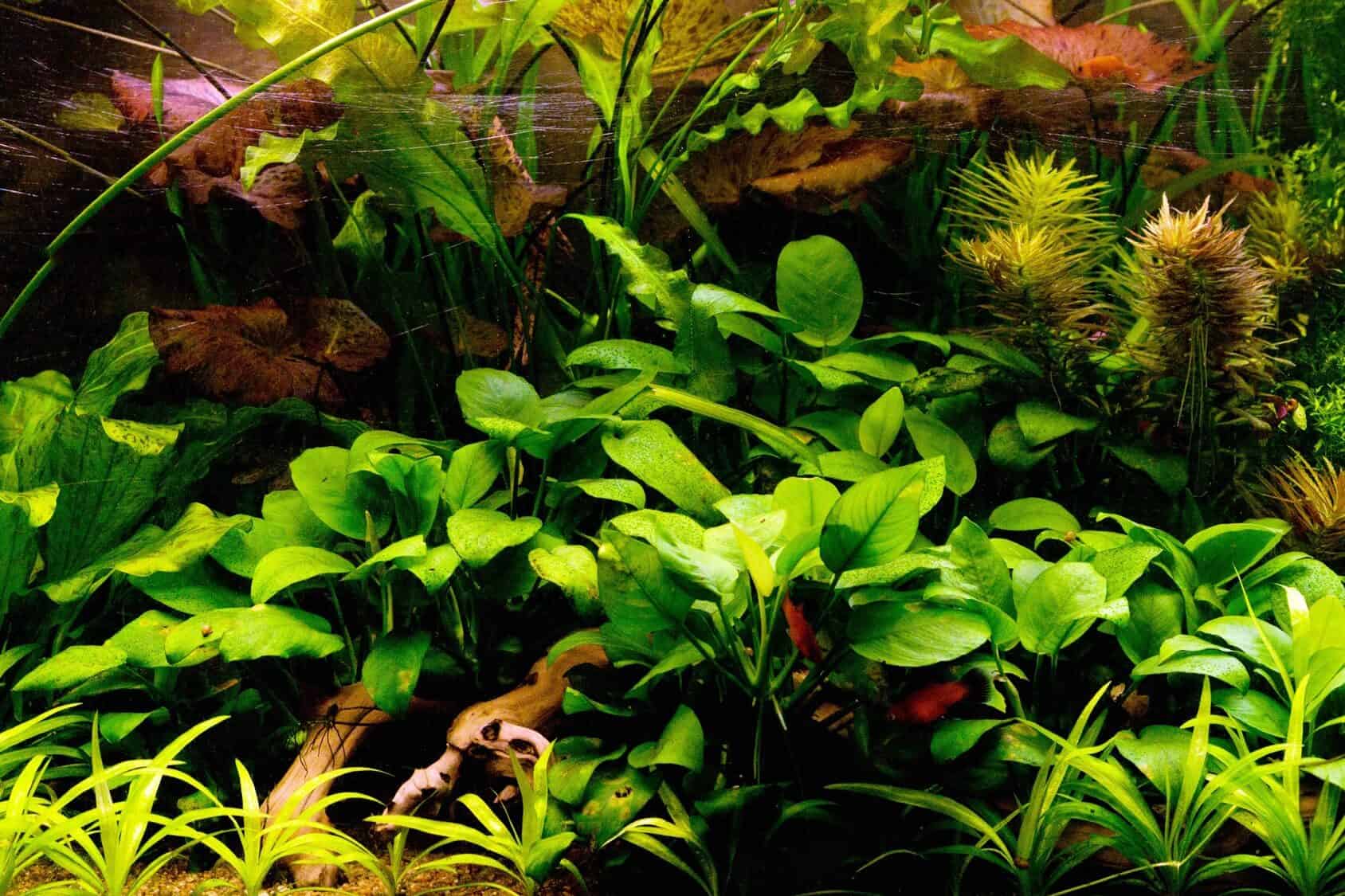
Credit: www.fishkeepingworld.com
The Care Guide For Dwarf Anubias
Dwarf Anubias is a popular plant for aquariums due to its beauty and low maintenance. To ensure the optimal growth of Dwarf Anubias, you need to consider essential water conditions. Lighting plays a critical role, so provide moderate to low light for the plant.
Proper substrate and planting techniques are crucial for its healthy growth. Make sure the substrate is rich in nutrients and anchor the plant securely. Regular maintenance and pruning are necessary to keep Dwarf Anubias in good shape. This includes removing any yellow or dead leaves and trimming the roots if they become too long.
Following these care tips will help you enjoy the beauty of Dwarf Anubias in your aquarium.
Propagation And Reproduction Of Dwarf Anubias
Dwarf Anubias is a popular plant for aquariums, known for its versatility and low maintenance. Propagating this plant is relatively simple, with a few different methods to choose from. One method of propagation is by dividing the rhizome, which involves separating the plant into smaller sections and replanting them.
Another method is by taking stem cuttings, where a portion of the stem with a few leaves is cut and planted. It’s important to provide the right conditions for successful reproduction, such as providing adequate lighting and nutrients. Managing the growth of Dwarf Anubias is crucial to prevent overcrowding in the aquarium.
Regular pruning and removing any dead or dying leaves will help maintain a healthy and balanced aquarium environment. By following these tips, you can enjoy the beauty of Dwarf Anubias in your aquarium for years to come.
Troubleshooting Common Issues With Dwarf Anubias
Dwarf Anubias is a popular plant for aquariums due to its versatility and low maintenance. However, like any other plant, it can face common issues such as diseases, pests, nutrient deficiencies, and algae growth. Identifying and treating these issues is crucial to ensure the health and growth of Dwarf Anubias.
Common diseases may include fungal infections or bacterial rot, which can be treated with appropriate medications. Pests like snails or algae-eating fish can also affect Dwarf Anubias, requiring specific methods for removal. Nutrient deficiencies can be addressed by adding fertilizers or ensuring a balanced diet for the plant.
Algae growth, a common concern, can be prevented by controlling light exposure and maintaining water quality. By following these troubleshooting steps, aquarists can keep their Dwarf Anubias thriving and enhance the beauty of their aquarium.
Best Tankmates For Dwarf Anubias
Dwarf Anubias is a great addition to any aquarium. When it comes to choosing tankmates, it is important to consider compatible fish and invertebrates for peaceful coexistence. Avoid aggressive species that may damage Dwarf Anubias. This small plant thrives when paired with peaceful community fish like tetras, guppies, and rasboras.
Invertebrates like shrimp and snails are also suitable tankmates. It is essential to maintain a peaceful environment for the healthy growth of Dwarf Anubias. By selecting appropriate tankmates, you can ensure that this plant thrives and adds beauty to your aquarium.
So, consider the compatibility of fish and invertebrates before introducing them to your tank.
Creating An Aquascape With Dwarf Anubias
Dwarf Anubias is a versatile plant for creating stunning aquascapes. By incorporating driftwood and rocks, you can enhance the overall design and create a natural-looking habitat for your aquatic pets. The compact size of Dwarf Anubias makes it perfect for planted tank layouts, adding a touch of greenery without overpowering the space.
Whether you choose to attach it to sunken logs or let it grow underwater, this plant requires minimal maintenance. Its large, dark green leaves are smooth and leathery, adding a pop of color to your aquarium. This low-maintenance plant is perfect for beginners and experienced aquarists alike.
So, consider adding Dwarf Anubias to your aquascape and see how it transforms your underwater world.
Summary And Conclusion
Dwarf Anubias is a wonderful plant for aquariums, known for its versatility and low-maintenance requirements. This article provided a comprehensive guide on caring for Dwarf Anubias, including information on its size, propagation, and substrate preference. Anubias Pangolino was also highlighted as the smallest species of Anubias, with leaves resembling the scales of a pangolin.
It was stressed that while Anubias can grow either emersed or immersed, its roots and rhizome must remain submerged to prevent drying out and death. The article concluded by emphasizing that Dwarf Anubias is a hardy plant with dark green leaves, making it an excellent choice for aquarists seeking a visually appealing and easy-to-care-for addition to their aquariums.
Frequently Asked Questions For Dwarf Anubias
How Big Do Dwarf Anubias Get?
Dwarf Anubias (Anubias beri var. Nana) stays small. It is recommended for foreground or midground in smaller tanks.
What Is The Smallest Anubias?
The smallest Anubias is the Anubias Pangolino, which has small, narrow leaves resembling the scales of a pangolin.
Do Anubias Need To Be Fully Submerged?
Anubias can grow either emersed or immersed, but its roots and rhizome need to stay underwater.
Does Anubias Petite Need Co2?
Anubias petite does not need CO2. It can grow either emersed or immersed.
Conclusion
Dwarf Anubias is a versatile and low-maintenance plant that is perfect for aquariums and terrariums. Its compact size and broad leaves make it an ideal foreground or midground plant for smaller tanks. It can be attached to hardscape branches or submerged in water, allowing for flexibility in its placement.
Dwarf Anubias, also known as Anubias nana, is a hardy plant with large, dark green leaves that add a touch of beauty to any aquatic or terrestrial environment. This variety of Anubias is known for its resilience and ability to thrive in various conditions.
Whether fully submerged or partially emerged, Dwarf Anubias will continue to grow and flourish, adding a vibrant touch to your setup. With proper care and regular maintenance, Dwarf Anubias can create a lush and natural look in your aquarium or terrarium.
So, if you’re looking for a beautiful yet hassle-free plant to enhance your aquatic or terrestrial display, look no further than Dwarf Anubias. Its compact size, ease of care, and decorative appeal make it a perfect choice for beginners and experienced aquarists alike.
References
Please check other articles on this website, I have listed some of them here:
Electric Blue Acara: The Ultimate Guide To Care And Keeping
Best Fish for a 40 Gallon Tank: Top Choices for a Thriving Aquarium
Simple Guide to Easy-to-Care-for Aquarium Plants
Discover the Diverse Corydoras Catfish Varieties- A Guide
Get to Know Various Types of Algae Eaters
Master Guide: Best Water Parameters for Goldfish Care 2023-24
Mastering Black Ghost Knife Fish Care: A Comprehensive Guide
Optimal pH Levels for Tropical Fish: Essential Aquarium Guide
Discovering Freshwater Snail Species: An In-depth Guide
Expert Tips for Breeding Guppies: Keys to Successful Fishkeeping
Discover Peaceful Community Fish: Your Guide to Calm Aquatics
Ultimate Guide to Live Food for Betta Fish — Healthy Choices
Complete Guide to Your Perfect Cichlid Tank Setup
Your Guide to the Best Substrate for Planted Aquariums
Essential Guide to Discus Fish Care: Help Your Pets Thrive!
Grow Your Own Eden: Beginner-Friendly Aquascaping Plants Guide
Perfect Neon Tetra Tank Mates: Guide to Aquarium Harmony
Product Review of Eheim Classic vs Professional
The Ultimate Guide to Discus Fish Care
What Fish Can Live With Discus?
Ideal pH for Discus Fish | Aquarium Water Guide
How to Sex Discus Fish?: A Simple Guide for Hobbyists
Complete Discus Fish Tank Setup Guide
Can Discus Fish Live With Angelfish? The Complete Guide
Discus Diet Guide: What Do Discus Fish Eat?
Are Discus Fish Hard to Keep? Insights & Tips.
Optimal Discus Fish Water Parameters Guide
Discus Fish Size Guide 2024: How Big Do Discus Fish Get?
Ultimate Million Fish Guppy Care Guide 2024
Simple Guide to Easy-to-Care-for Aquarium Plants
Grow Your Own Eden: Beginner-Friendly Aquascaping Plants Guide
Hornwort Aquarium Plants: The Ultimate Guide to Care and Maintenance
Aquarium Equipment for Beginners: The Complete Checklist
Feeding Your Aquarium Fish: The Complete Guide
Common Beginner Fishkeeping Mistakes and How to Avoid Them!
Aquarium Plants for Beginners: Easy Care and Beautiful Options
Keeping Your Aquarium Water Clean and Healthy: The Complete Guide
Breeding Aquarium Fish: A Comprehensive Guide
Marine Aquariums: The Ultimate Challenge for Experienced Hobbyists
Tech in the Tank: Must-Have Gadgets for Aquarium Automation
Dwarf Sucking Catfish : The Ultimate Guide to Keeping and Caring for Oto Catfish
The Science of Aquarium Water Chemistry: Understanding pH, KH, and GH
Veiltail Goldfish: The Exquisite Beauty of Flowing Fins
Perfect Neon Tetra Tank Mates: Guide to Aquarium Harmony
Goldfish Care: Beyond the Bowl – Everything You Need to Know
Master Red Tail Shark Care: Tips, Tank Mates & Surprising Traits!
Sheepshead Wrasse Facts & Habitat Guide
Unveiling the Unique Asian Sheepshead Wrasse: A Fascinating Reef Fish with Quirky Behavior
Peacock Wrasse: A Dazzling Addition to Your Aquarium
Vibrant Wrasse Fish: Care Guide & Species Info
Bluestreak Cleaner Wrasse – Vibrant Reef Ally
Coris Wrasse Care Guide for Saltwater Aquariums
Melanurus Wrasse Care Guide & Habitat Tips
I am a passionate aquarist with over 30 years of hands-on experience in fishkeeping. My journey began at a young age, collecting fish from the wild and learning through experimentation. Specializing in tropical fish, I bring a deep understanding of the hobby to FishKeepingMadeSimple. The site provides honest, detailed reviews of essential products and accessories to help fellow enthusiasts create the best environments for their fish.

